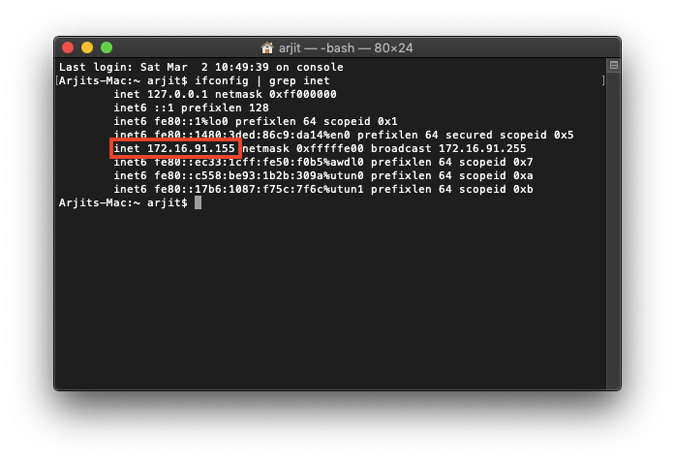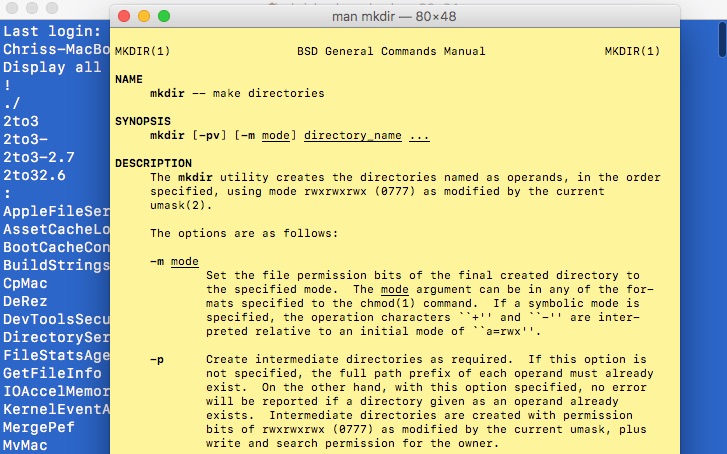


The first option in the Terminal is the classic "find" command that is common to many Unix systems, which will recursively walk a specified folder hierarchy and search items for a given name pattern. Of course besides Apple's GUI options there are some third-party searching tools available however, without these the other option in OS X is to use the Terminal, which can benefit both Terminal and GUI-based routines.

However, there are other options for accessing this index and otherwise finding files you might be interested in locating. There several ways to find files in OS X, the most popular of which are GUI-based routines such as the Spotlight menu and the Finder search, both of which offer quick access to the system's metadata search index.


 0 kommentar(er)
0 kommentar(er)
